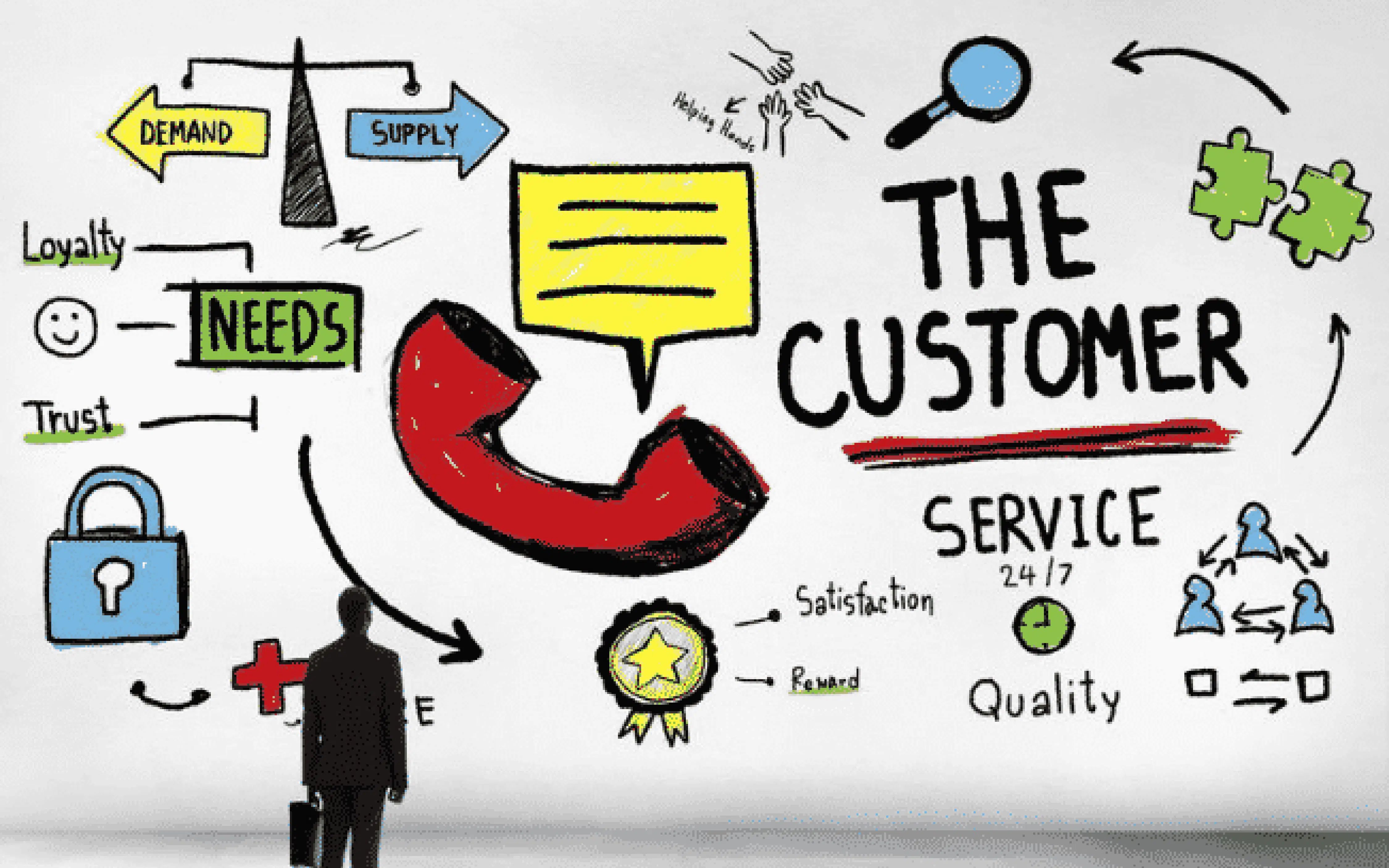Trends
< Back to the blog
Customer service teams face two major challenges: delivering an optimal customer experience and building an efficient internal structure.
Today, contact flows from multiple channels are handled by increasingly versatile customer service advisors. However, departments responsible for digital, marketing, and customer relations do not always adopt an omnichannel approach. Each operates with its own tools and follows separate processes, which limits overall consistency.
The challenge is now clear: aligning the internal organization with a truly customer-centric strategy, supported by the right tools, as an omnichannel chatbot. Customer journey analysis thus becomes a key driver to guide this transformation and lay the foundation for a smoother, more coherent, and more efficient structure.
Many companies are still organized in silos:
-The telephony team handles incoming calls and related tools, such as IVR
-Digital teams deploy alternative solutions like websites, customer portals, and chatbots
-Marketing, often disconnected from customer relationship challenges, focuses primarily on lead generation
-Corporate communications, meanwhile, concentrates on promoting the company’s brand image
As a result, each department submits its own requests to IT, which builds a roadmap based on differing views of the customer journey. In this context, establishing a truly customer-centric organization remains a significant challenge.
Teams often lack a unified vision: different departments have implemented solutions based on their own priorities and needs. As a result, customer journeys are frequently fragmented, leading to inconsistent experiences and complex management.
This is especially evident when the company's phone number is prominently displayed on the website, resulting in a high volume of incoming calls that becomes difficult to handle. This raises a critical question: who should be responsible for managing the contact page: digital, corporate communications, or customer service?
Ideally, these teams should collaborate to define a shared, consistent approach. But in reality, such coordination remains all too rare.
The most effective approach remains to bring teams together around a common goal: accessibility. At the intersection of telephony, digital, communications, and marketing departments, the omnichannel chatbot embodies this shared vision by engaging every team in a unified strategy.
As a true single point of entry, it welcomes customers and directs them to the most appropriate resolution channel, while providing each team with the relevant information aligned with their area of expertise.
This shift enables a transition from siloed operations to a 360-degree view of the customer journey. Teams can then be organized not by communication channel, but by stage in the customer lifecycle, delivering a smoother and more consistent experience.
The omnichannel chatbot enables autonomous evaluation of contact volumes by intent, as well as the effectiveness of each implemented solution. This enriched visibility provides a clear understanding of customer journeys and supports informed decision-making to continuously improve scenarios through a test-and-learn approach.
With these insights, the organization can be optimized for greater agility and relevance. For example, it becomes possible to create priority lines for high-value calls managed by the commercial marketing teams, while the customer service center (CRC) focuses on routine requests (such as password resets or invoice viewing). The omnichannel chatbot thus plays a central role in intelligently routing and distributing incoming flows.
Many companies have tried, unsuccessfully, to gain agility by reshaping their organizational structure. Why do these efforts so often fall short? Because driving change cannot succeed without the right methods and tools.
The barriers are real:
-Change management must rely on the right tools to enable sustainable and value-generating transformation
-Internal resistance is strong: it means changing long-standing habits within teams that have often worked in silos for years
-The IT impact can quickly become a constraint, making the organization more rigid than agile
In this context, the omnichannel orchestration emerges as a powerful lever to support organizational transformation, provided it is implemented methodically.
But to what end?
-Reduce or even eliminate IT dependency, to improve responsiveness
-Adopt a truly customer-centric culture, by refocusing efforts on customer satisfaction
-Align practices across departments, uniting teams around a shared strategic goal
Embracing this approach means reaching a key milestone. It’s not just about adopting a new tool, it’s about rethinking the entire project methodology, enabling team buy-in, and driving deep organizational change to meet strategic business priorities.